Gear, Space, Sounds: Experiencing Dreamland Recording Studios
In upstate New York, there is an old church with stained glass windows and vaulted ceilings where worshipers used to congregate for prayer.
In the 1980s, the building was forever changed into a world-class recording studio that has as unique of a sound as it does a look.
Dreamland Recording Studios, owned by Joel Bluestein and managed by Jerry Marotta, sits high up in the hills just outside of Woodstock, NY.
It houses one of the finest privately-owned mic collections in he world, a handmade API console, and vibe for days.
Inside Dreamland
The sonics at a play are noticeable upon entry, with your first steps through the double doors into the large live room with a 40′ x 50′ wooden floor with a 35-foot vaulted ceiling, complete with arches, wooden beams and antique lanterns.
Scattered throughout the floor plan are keyboards from every era, including a vintage Hammond B3 (complete with Leslie cabinet), a Mellotron and a few Rhodes electric pianos, not to mention the 1934 Steinway B grand piano.
Dreamland’s control room has plenty of space to feel comfortable in, with an incredible view from its 15-foot- wide window into the live room.
There is an abundance of smaller rooms as well, for isolation, if intimacy is your desire.
The “marble room” has two chambers of isolation for drum, vocal, amps or a simple upright piano. There is also a smaller, alternative drum room towards the front of the building that looks out into the spacious live room, and several other compact isolation options that have excellent sight lines to he main space.
And gear… well, let’s leave that up to you to visit there well stocked website gear list for all the information. But to name a few choice pieces, the 48-channel API discrete console is a thing of beauty, especially when matched with the Studer A820 2-inch tape machine, and an overflowing rack of Pultec and Tube-Tech EQs and compressors.
The Sounds
I had the good pleasure of tracking a band during my visit. Here are a few clips of a mic’d up drummer in the main room.
In the video, you’ll notice I present an example of the close mics, the first set of room mics, and the second set of room mics and a blend of everything.
Ariel Shafir, house engineer, producer, booking, talented drummer (and now a good friend) acted as my assistant for the day.
Ariel’s intimate knowledge of the room, console and mic collection were imperative to getting the big clean sound that I desired without fuss or excess experimentation.
The band for the occasion was a group I’ve worked with on a few productions—The Fem Doms—and their drummer, Brendan Galvin, was in heaven.
“Since the beauty of the sound came from the room itself,” Galvin says “it was a wonderful place to play without being overwhelmed by technology.”
We tracked drums, bass and scratch guitar live to the Studer 2″ tape machine. To hear the sound of the space in action, check out this video with the raw drum tracks added in and see a list of the equipment used.
Often times I’ll crush the room mics with compression, but the balance of sound was so beautiful that I’ve left them wide open so you can hear the natural character of the room.
- A 4″ drum riser helps refine the tone of the room further..
- A small portion of the studio’s amp and mic collection put to work.
- A view of the mics used in this tracking session.
- The author, Brian Speaker, pictured at right, tweaking sounds with house engineer Ariel Shafar.
- The Fem Doms at play, with natural light streaming in from the studio’s stained-glass windows.
- The author, Brian Speaker, adjusts one Pultec EQ from a rack of many. sounds.
Mountains of Gear
Dreamland’s immense acquisition of gear was a built up over the years by owner Joel Bluestein , through purchases at auctions and by getting a little bit lucky in the earlier days.
“It all started with my father’s attorney, [Marty], who was an audiophile in the 50s,” he says.
“He was the lawyer for Pultec. He gave me my first 2 Pultecs, a U47, my two Schoeps CM-61s, and I had bought a bunch of Sennheisers for my first room. That became sort of my standard.
“I became neurotically obsessed with going to these sales in New York and buying from places that were going out of business.”
“The console has a whole other history, he says. “I was always an API person and I knew Geoff [Daking] at Messina Music for a long time. When Paul [Wolf] built that console, I had this weird intuition when I saw it, that I was going to own it.
“I had worked on that console at Messina a few times, so I knew the board. When Geoff went out of business, the console was up for sale, and Paul wanted me to have it. That console is handmade—I mean, we literally got the documentation handwritten in a book that Paul made.”
The sound in this large open space is phenomenal. Open and wide with character—not something that you can easily recreate in the box. Here are a few fine examples of Dreamland’s sound in action on major records, from the B52’s “Loveshack” to Parallel Realities, featuring Pat Matheny, Jack DeJohenette and Herbie Hancock.
“Let’s face it, it’s one of the great drum rooms in the world,” Bluestein says, matter-of-factly. “To hear Jimmy Clark playing drums behind “I Hate Myself For Loving You” was awesome! I mean the room was just killing it!
“By the same token, we had Richard Stoltzman in there. He played solo clarinet, and he sat in the middle of the room and he was shocked. For some reason, solo clarinet in that room sounded unbelievable. He just played loud enough that he filled up the whole room. Anything where you need a lot of air, where volume is going to balance things out, the room is great!”
The Vibe
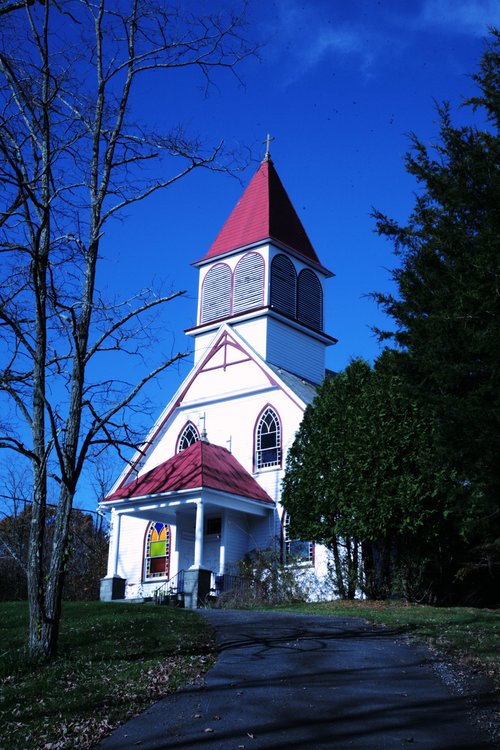
Dreamland Recording Studios, near Woodstock New York, occupies a re-purposed church, complete with stained-glass windows and an API console.
Another aspect of the studio that is difficult to emulate is the beautiful way that natural light from the outside floods the room from all angles, and changes from moment to moment throughout the day.
Colorful stained glass windows enhance the atmosphere and reflect the wonderful sonic moods created within, ever-changing throughout the afternoon until sunset.
A studio outside of a big city is wise to feature some on-site accommodations, and this one delivers: The “Hamlet”, as it’s called, is a country cottage-style house with cabin like interiors, just steps away from the church’s front door. It sleeps seven in 5 bedrooms, with 2 full bathrooms, a cozy kitchen and laundry facilities.
There are also 3 bedrooms upstairs in the church with a full bathroom and a half bath downstairs. An eat-in-kitchen, a dining room with wilderness views and a rec room with movies and video games, make it feel like a home.
From New York City, the studio is 100 miles away, a less-than-two-hour drive on a good day. For those of us who live in urban environments, it’s a welcome a retreat from the big city hustle where you can set aside everything but your creativity, and focus on music.
Dreamland Recording is managed by multi-platinum drummer Jerry Marotta, who has played on hundreds of records over his 40-plus-year career in the music business, with artists including Peter Gabriel, Paul McCartney and Iggy Pop. Marotta produces as well, and his services are available to projects that come through the the studio at an additional fee.
“Joel and I just want to try to get everybody in,” Marotta says. “People may not call because they think it’s going to be too expensive. But this place is affordable. What do you want to do? How much time do you think it’s going to take you, and what’s your budget? Be honest. It’s easier to do that than to start by saying ‘it costs this much per day’.”
How it Came to Be
When Dreamland moved into this 1896-built church on the hill, Bluestein had been actively looking for a space for some time.
“It came on the market and it was just the cheapest thing because it was a mess,” he says. “You cannot imagine.”
From the electrical work to gutting and rebuilding the interior and painting, this cheap property turned into a very expensive transformation.
“It was a lot of work!” Bluestein says. “I bought it in 1983 and there was no heat the first winter, and it took a long time to get it together. We didn’t really get it open until 1986. And even then, it [wasn’t] what it is now. It’s been rebuilt. It had been a sanctuary for priests.”
The studio closed down during the “great depression” of the music industry in the early 2000s, a victim of the waves of music piracy that decimated the industry for nearly a decade following the advent of Napster and BitTorrent. It just couldn’t sustain itself as big budgets were being replaced by home studios in an ever-changing music industry. Bluestein “officially” closed the studio in 2003, with the occasional “exceptional conditions” for friends and family.
Joel recalls opening the studio for Mick Guzauski when he gave a call looking for the Dreamland Sound. The studio was also briefly resuscitated for Rhett Miller and the Old 97’s 2004 album, Drag it Up. That was the last session until it’s re-opening in 2008.
“This studio was just sitting, vacant and unused for years,” says studio manager Jerry Marotta “The API console, the mic collection, the 2” machine, the Steinway, all the amps, and the room itself. Old-school technology like that are kind of like cars. It’s better you drive them than to leave them sitting.
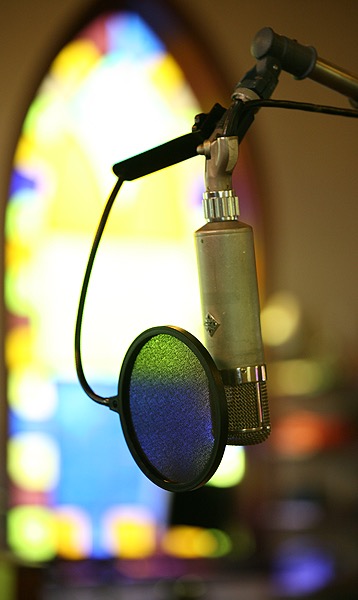 When Dreamland first opened in 1986, Marotta was its very first client.
When Dreamland first opened in 1986, Marotta was its very first client.
“We’ve known each other for a long time and we worked on a lot of records together over the years,” Bluestein says.
“So when Jerry approached me about re-opening, if there’s anyone that I would do it for, was him. I kept trying to say to him, ‘You really want to do this, it’s so difficult.’ [But he] was very determined and so we hit on a wave that would work for both of us. He’s there doing the best he can and I’m trying to be supportive because it is an incredible resource and it’s nice that it’s continuing.”
Dreamland is available to the people. It’s not financially out of reach for artists on every level. For a reasonable price, you can bring projects of any size there.
I asked Jerry, Joel and Ariel, what kind of projects are right for Dreamland Recording Studio. In one way or another, all of them seemed to say “Everything sounds good here!” And it’s hard to argue against that. From rock to jazz, classical to EDM, anything can benefit from the real air that gets breathed into the tracks here.
After playing in the room, drummer Ariel Shafir told me that he’d “bring Queens of the Stone Age or the Red Hot Chili Peppers here, if I could. Bands like that, where the room plays a real part in creating the music.”
Please note: When you buy products through links on this page, we may earn an affiliate commission.







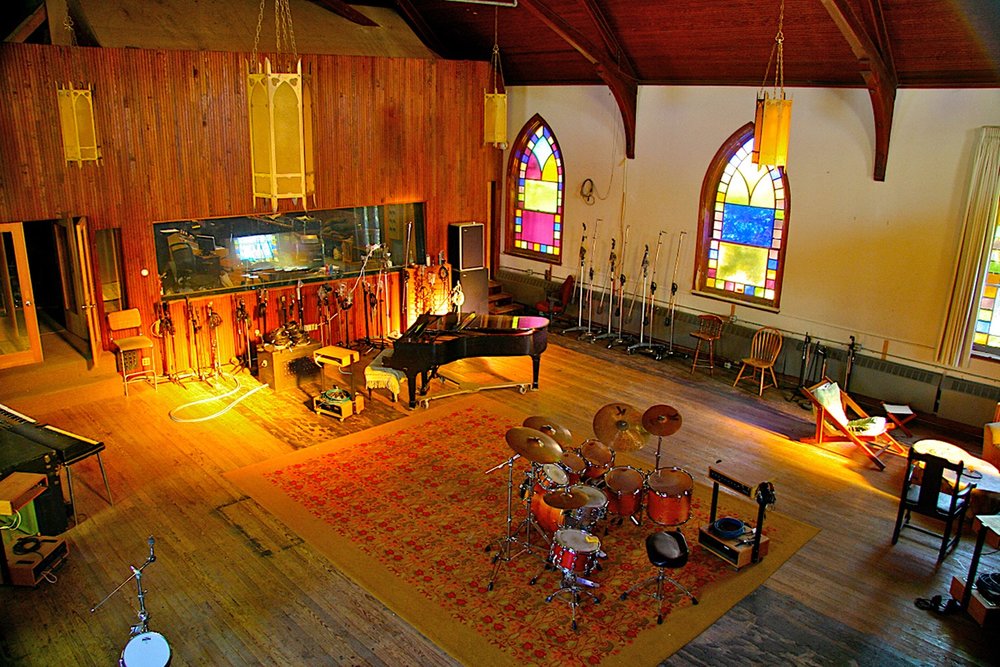

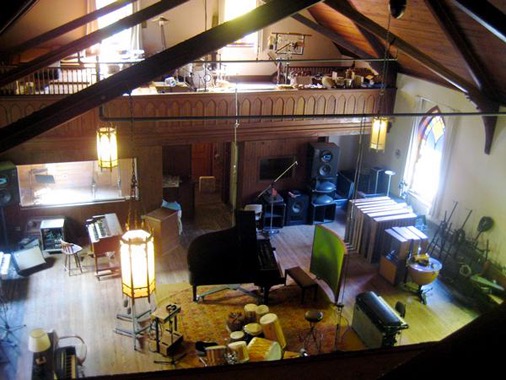
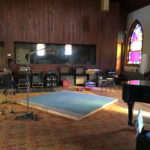
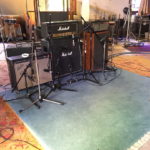
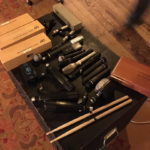
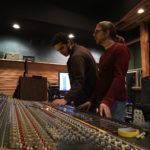
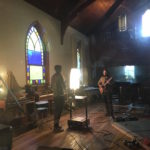
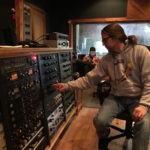
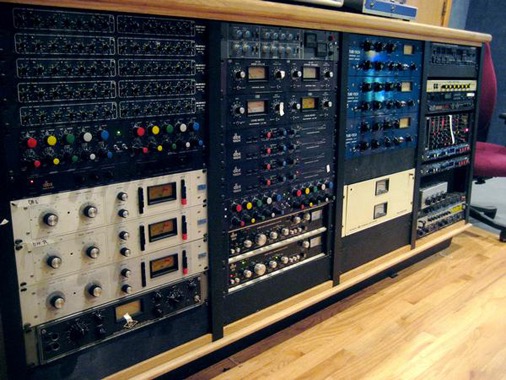
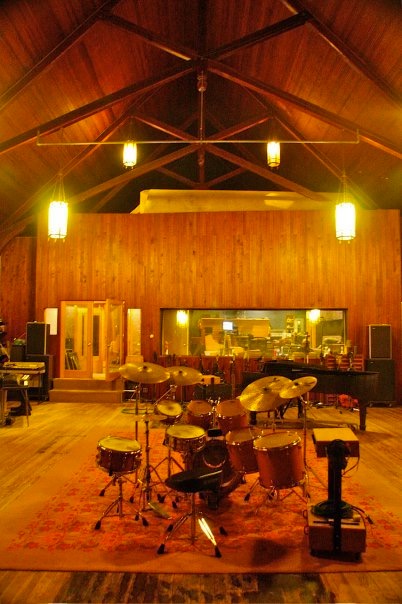
Dwayne Hunt
March 23, 2017 at 11:29 pm (8 years ago)Where do you start the discussion on something as multi-faceted as this?
Just the beauty of the facility overwhelms you. I can imagine the sound just causes every nerve in your body to quiver from the shock of sound clarity. Probably the finest studio facility I have ever seen…and in a beautiful part of New York. Outstanding article, Brian Speaker. Can we see more on this with some audio samples?
Justin C.
March 28, 2017 at 12:45 pm (8 years ago)Gorgeous and well-written agreed! We’re glad to have Brian writing with us.
It’s easy to miss, but he actually did include some audio samples. The video may be low-res (iPhone capture), but the sound is pretty much untreated, straight off the console. Some great tones there:
https://www.youtube.com/watch?v=Obl-fCXEk0Q&feature=youtu.be
Dwayne Hunt
March 28, 2017 at 2:16 pm (8 years ago)I did miss the video before, Justin. I guessed right! the sound clarity was like fine crystal hitting the fireplace mantel. Wow….. I had a customer standing here when I listened and now they want to load up and head to New York to finish our tracking. Would probably be a good move. What a facility. When the view zoomed out , I swear you could hear the pastor’s sermons from years past.
Love it and, again, thanks for a great article, Brian.
Dwayne Hunt
Brian Speaker
April 6, 2017 at 8:34 am (8 years ago)Hey Thanks Dwayne! It is a masterful facility indeed. The collection of gear is as spectacular as the ever changing sunlit room.
Brian Speaker
April 6, 2017 at 8:35 am (8 years ago)Haha! Thanks Dwayne. Yeah the place is ready for any and all projects. I look forward to getting my drum sounds again there. 🙂